 September 29, 2004: Apple launches Logic Pro 7, its professional music creation and audio production software. The update brings new tools and a streamlined interface in line with other Apple software.
September 29, 2004: Apple launches Logic Pro 7, its professional music creation and audio production software. The update brings new tools and a streamlined interface in line with other Apple software.
“From beginners to pros, Apple is broadening the market with a complete line of music creation and production tools,” says Rob Schoeben, Apple’s VP of applications marketing, in a press release. “With Logic Pro 7, we’re taking professional music creation to the next level with the industry’s most advanced feature set for pro audio.”
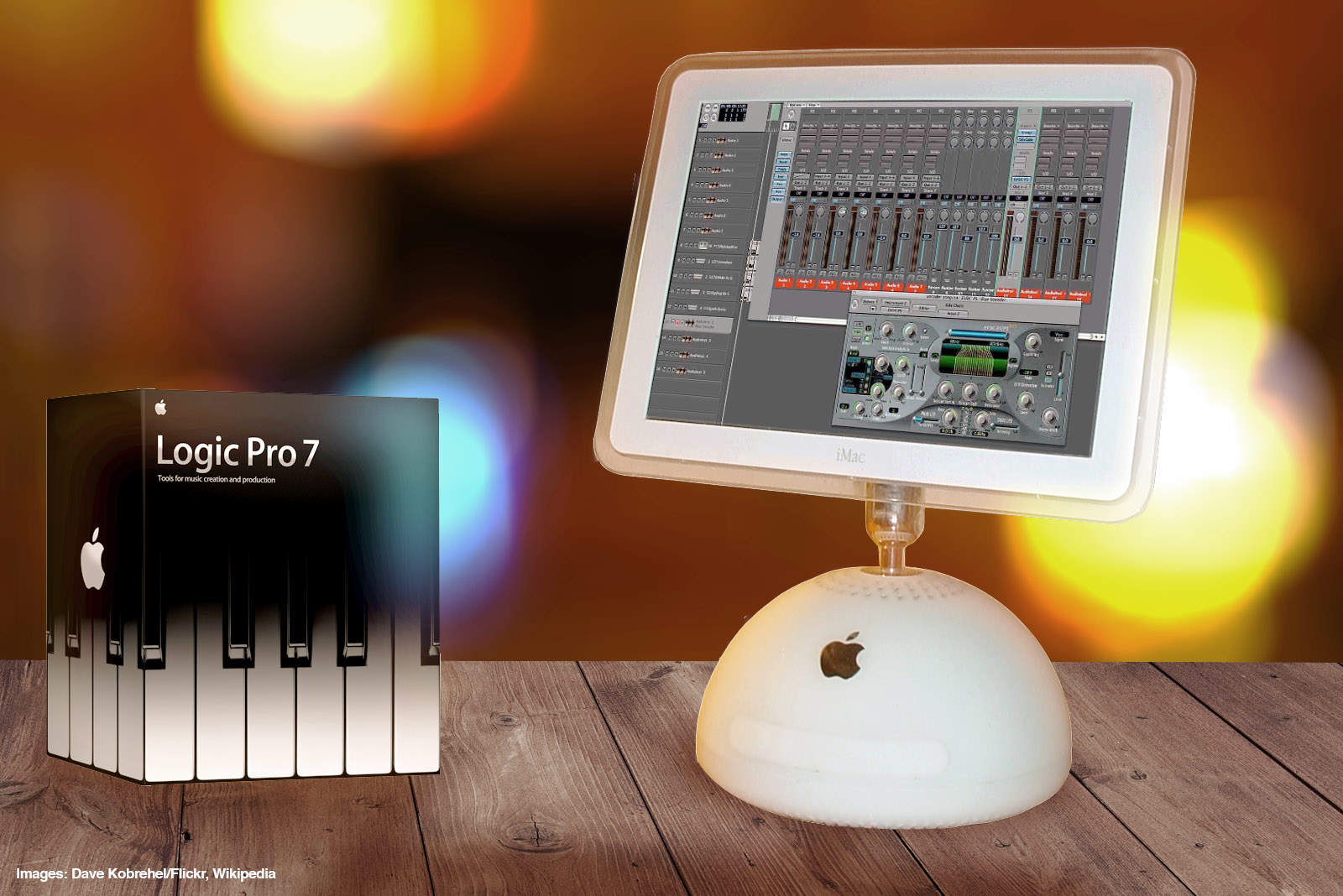


 September 28, 1997: Apple debuts its iconic “Think Different” ad campaign. The television commercial aligns the troubled computer company with some of history’s most celebrated freethinking rebels.
September 28, 1997: Apple debuts its iconic “Think Different” ad campaign. The television commercial aligns the troubled computer company with some of history’s most celebrated freethinking rebels.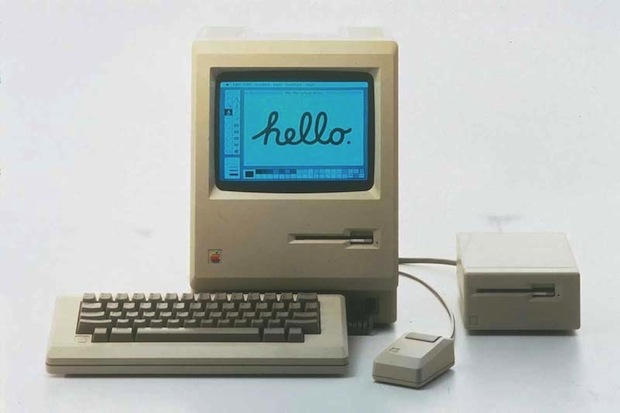
 September 27, 1979: Years before the Macintosh will ship, Steve Jobs and Jef Raskin clash for the first time over the direction of the R&D project to produce Apple’s revolutionary computer. Raskin, the founder of the Macintosh project, wants to produce a machine that’s affordable for everyone. Apple co-founder Jobs wants a computer that’s going to be the best, regardless of price.
September 27, 1979: Years before the Macintosh will ship, Steve Jobs and Jef Raskin clash for the first time over the direction of the R&D project to produce Apple’s revolutionary computer. Raskin, the founder of the Macintosh project, wants to produce a machine that’s affordable for everyone. Apple co-founder Jobs wants a computer that’s going to be the best, regardless of price.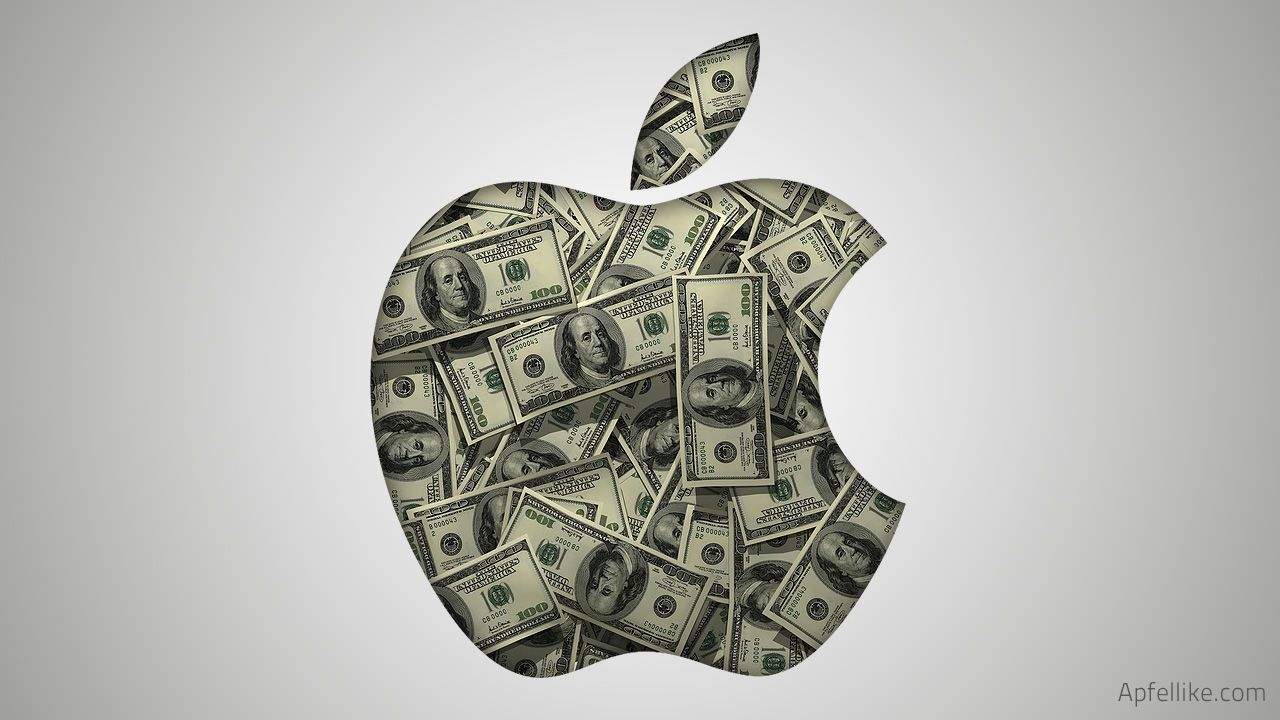
 September 26, 1997: In one of his first tasks after returning to Apple as interim CEO, Steve Jobs reveals the company’s massive quarterly loss of $161 million. It’s Apple’s biggest loss ever.
September 26, 1997: In one of his first tasks after returning to Apple as interim CEO, Steve Jobs reveals the company’s massive quarterly loss of $161 million. It’s Apple’s biggest loss ever.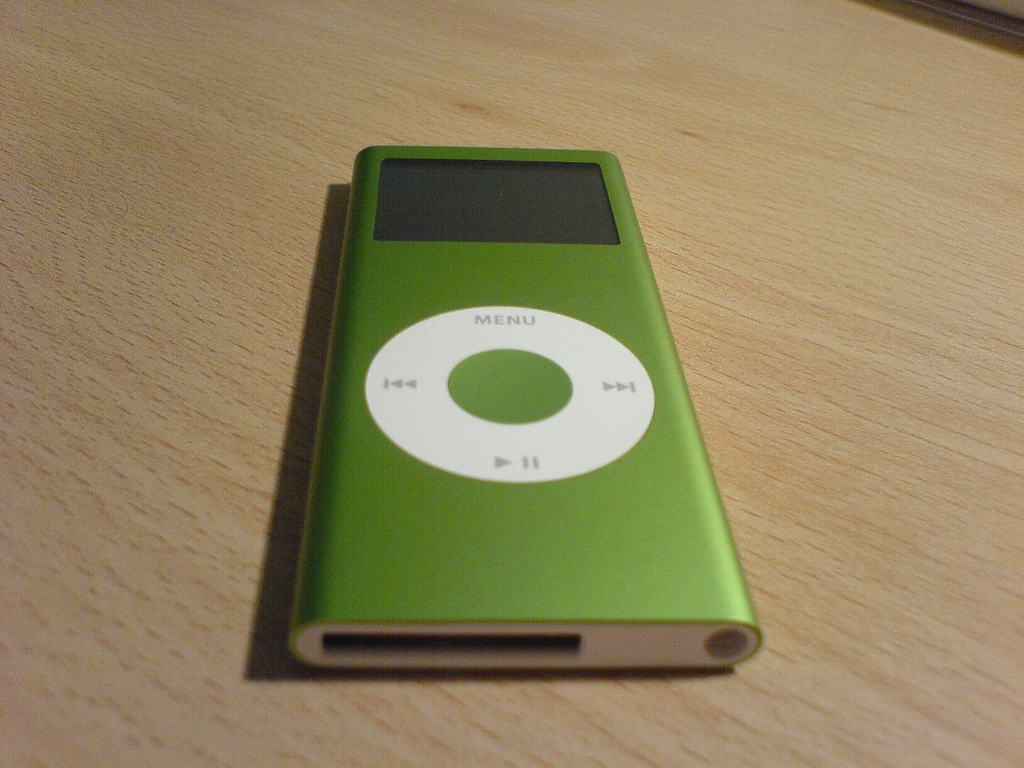
 September 25, 2006: Apple ships its second-generation iPod nano, offering a fancy redesign of the pocket-size original.
September 25, 2006: Apple ships its second-generation iPod nano, offering a fancy redesign of the pocket-size original.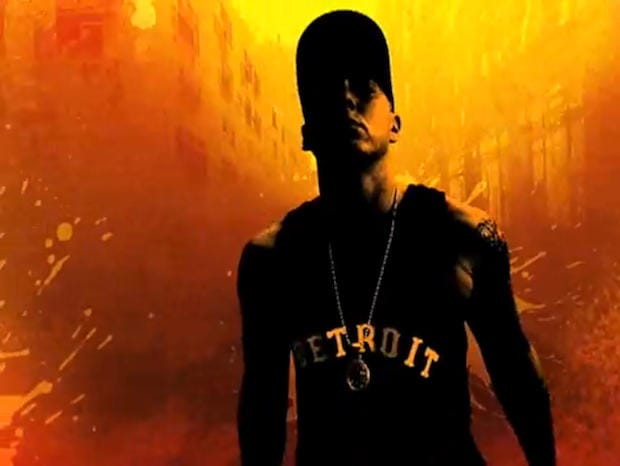
 September 24, 2009: After Eminem sues Apple, the company’s lawyers head to court to defend Cupertino against the rapper’s music publisher, Eight Mile Style. The lawsuit alleges that Apple unlawfully sold 93 of Eminem’s songs on the
September 24, 2009: After Eminem sues Apple, the company’s lawyers head to court to defend Cupertino against the rapper’s music publisher, Eight Mile Style. The lawsuit alleges that Apple unlawfully sold 93 of Eminem’s songs on the 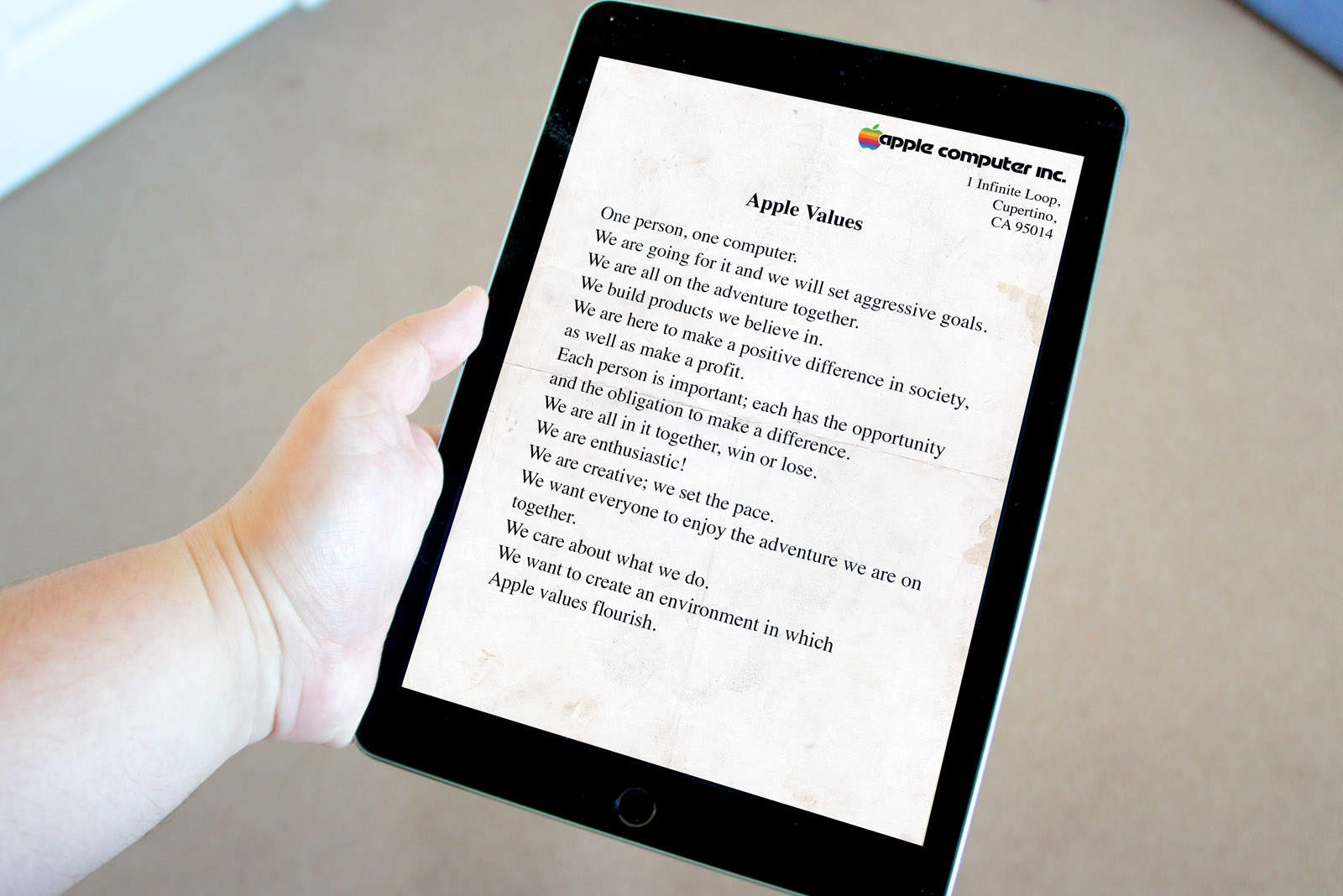
 September 23, 1981: Years before Steve Jobs would tell us to “
September 23, 1981: Years before Steve Jobs would tell us to “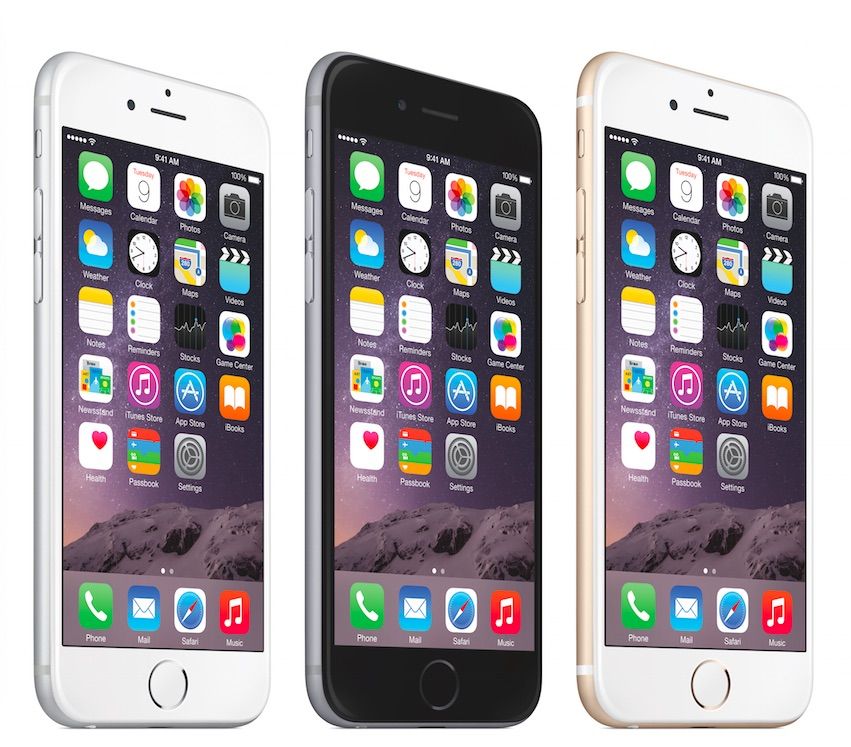
 September 22, 2014: Apple notches a new sales record with the iPhone 6 and iPhone 6 Plus launch, selling an astonishing
September 22, 2014: Apple notches a new sales record with the iPhone 6 and iPhone 6 Plus launch, selling an astonishing 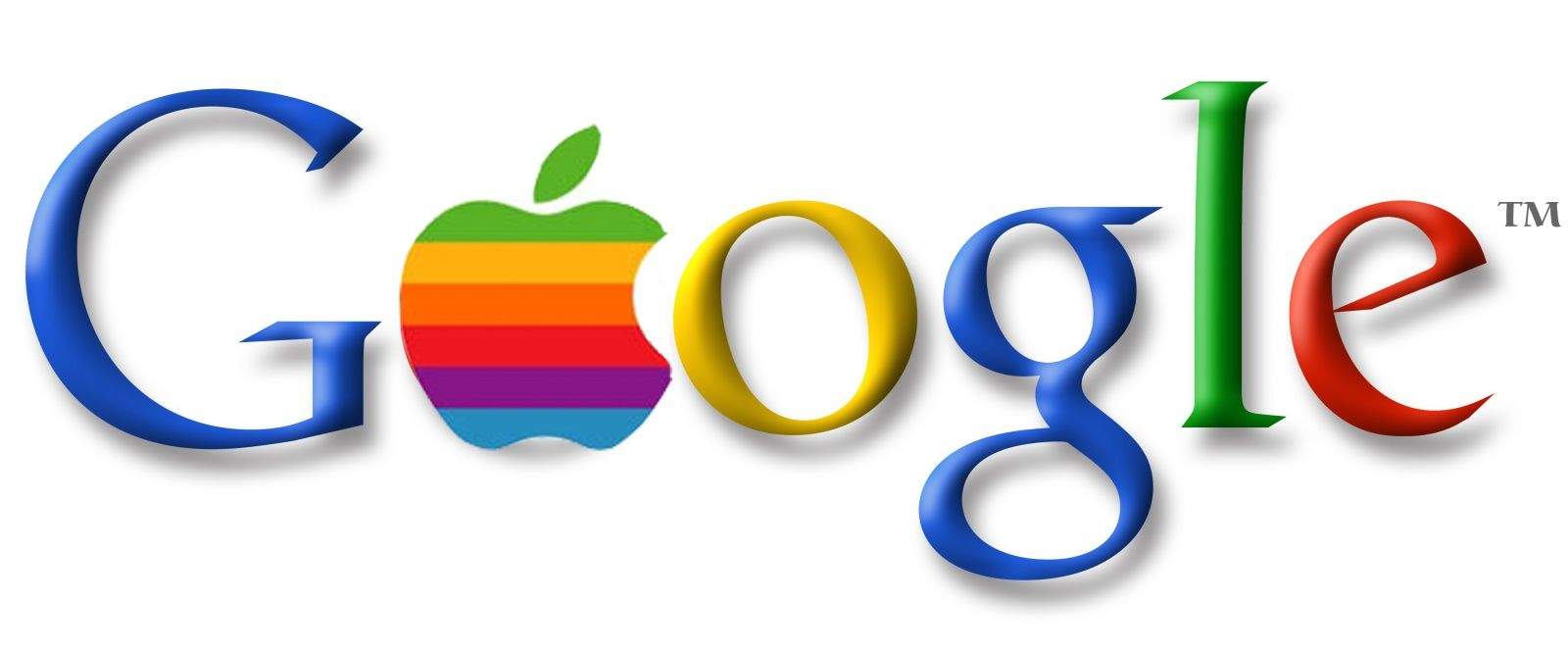
 September 21, 1999: A little startup called Google comes out of beta, with the launch of a website that will let the general public easily search the internet for information.
September 21, 1999: A little startup called Google comes out of beta, with the launch of a website that will let the general public easily search the internet for information.
 September 20, 1989: Apple releases the Macintosh Portable, the first battery-powered Mac you could take on the road.
September 20, 1989: Apple releases the Macintosh Portable, the first battery-powered Mac you could take on the road.
 September 19, 2014: The iPhone undergoes its biggest upgrade — both figuratively and literally — since the original, with the release date of the iPhone 6 and iPhone 6 Plus handsets. The iPhone 6 design brings a new 4.7-inch form factor, while the iPhone 6 Plus expands to a massive 5.5 inches.
September 19, 2014: The iPhone undergoes its biggest upgrade — both figuratively and literally — since the original, with the release date of the iPhone 6 and iPhone 6 Plus handsets. The iPhone 6 design brings a new 4.7-inch form factor, while the iPhone 6 Plus expands to a massive 5.5 inches.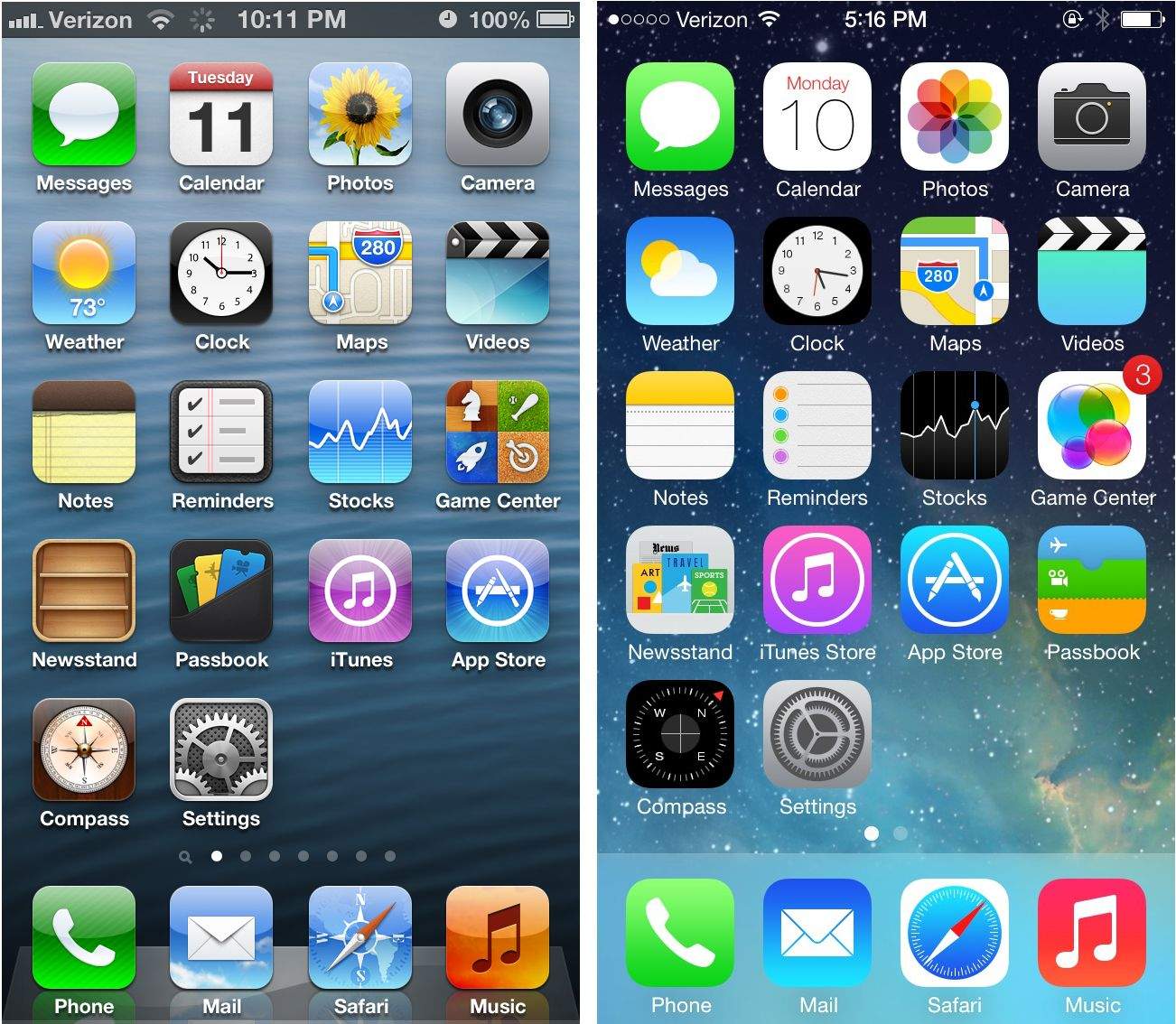
 September 18, 2013: iOS 7 launches with a radical redesign that divides the tech world. The biggest overhaul Apple’s mobile operating system has seen in years, iOS 7 ditches the skeuomorphic objects, dials and textures of previous iterations.
September 18, 2013: iOS 7 launches with a radical redesign that divides the tech world. The biggest overhaul Apple’s mobile operating system has seen in years, iOS 7 ditches the skeuomorphic objects, dials and textures of previous iterations.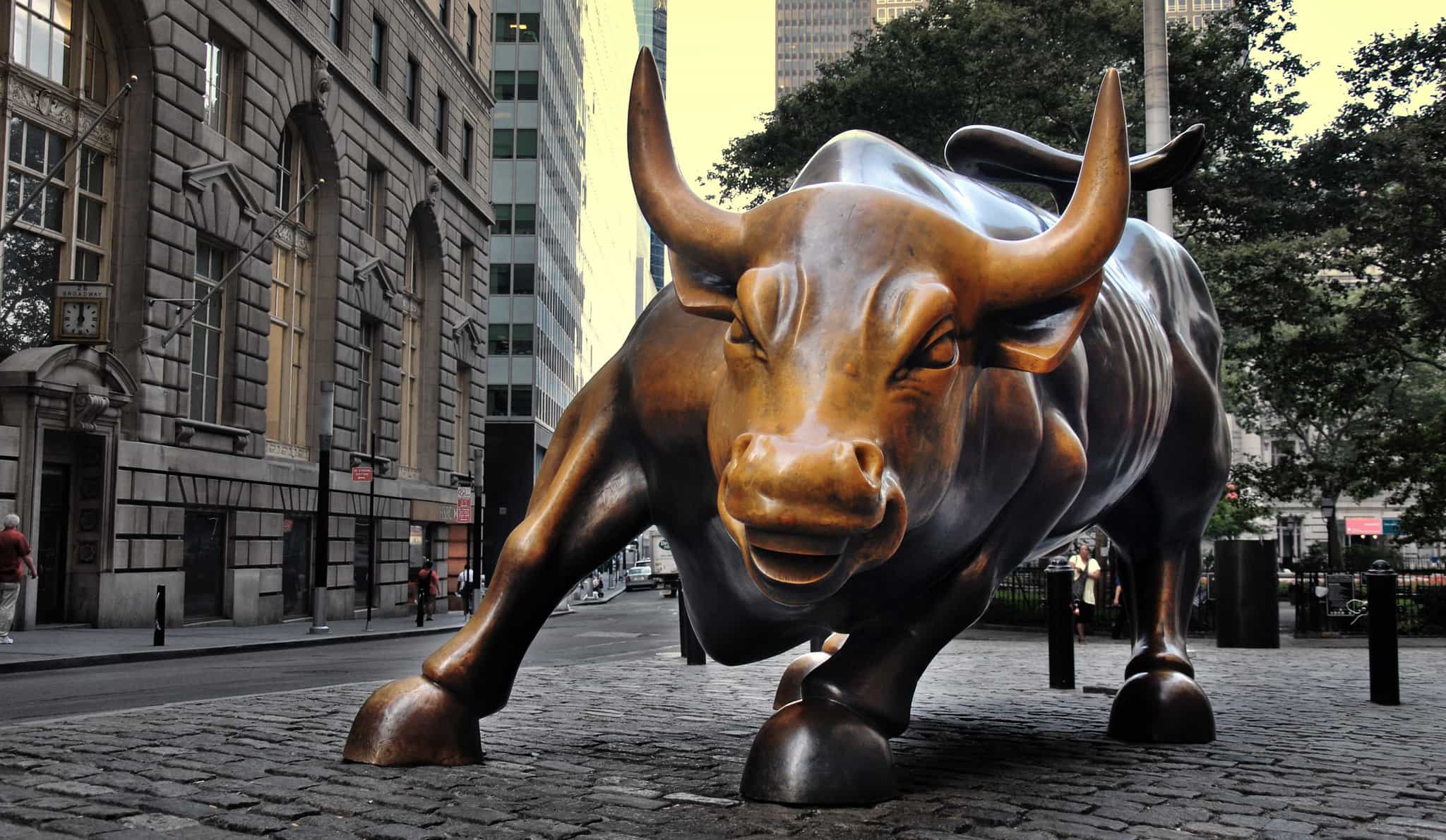
 September 17, 2012: On the back of
September 17, 2012: On the back of 
 September 16, 1985 and 1997: Twice on this day, Apple co-founder
September 16, 1985 and 1997: Twice on this day, Apple co-founder 
 September 15, 2014: Responding to its
September 15, 2014: Responding to its 
 September 14, 2010: Security workers reportedly stop Steve Jobs at Japan’s Kansai International Airport. The reason? The Apple CEO supposedly tried to
September 14, 2010: Security workers reportedly stop Steve Jobs at Japan’s Kansai International Airport. The reason? The Apple CEO supposedly tried to 
 September 13, 1983: Osborne Computer Corporation, one of Apple’s early rivals, declares bankruptcy. Many considered the company’s Osborne 1 the world’s first truly portable, full-featured computer. It packed everything users needed to set up shop at home or on the road. Alas, it didn’t last!
September 13, 1983: Osborne Computer Corporation, one of Apple’s early rivals, declares bankruptcy. Many considered the company’s Osborne 1 the world’s first truly portable, full-featured computer. It packed everything users needed to set up shop at home or on the road. Alas, it didn’t last!
 September 12, 2012: The Lightning connector replaces Apple’s aging 30-pin interface, a proprietary data and power connector that debuted on the
September 12, 2012: The Lightning connector replaces Apple’s aging 30-pin interface, a proprietary data and power connector that debuted on the 
 September 11, 2009: Microsoft CEO Steve Ballmer snatches an iPhone from an employee during a meeting and pretends to destroy it.
September 11, 2009: Microsoft CEO Steve Ballmer snatches an iPhone from an employee during a meeting and pretends to destroy it. September 10, 1984: Apple ships the Macintosh 512K, the first upgrade to the
September 10, 1984: Apple ships the Macintosh 512K, the first upgrade to the 
 September 9, 2009: Apple CEO
September 9, 2009: Apple CEO 
 September 8, 2003: Apple reveals that the
September 8, 2003: Apple reveals that the 
 September 7, 2016: Apple unveils the first-gen AirPods during a special event in San Francisco. The blindingly white wireless earbuds look undeniably strange at first glance, with their long, slender stems and a charging case that looks like a dental floss container.
September 7, 2016: Apple unveils the first-gen AirPods during a special event in San Francisco. The blindingly white wireless earbuds look undeniably strange at first glance, with their long, slender stems and a charging case that looks like a dental floss container.
 September 6, 1995: The newly launched Windows 95 operating system dominates software sales, sending virtually every other company scurrying for cover — Apple included.
September 6, 1995: The newly launched Windows 95 operating system dominates software sales, sending virtually every other company scurrying for cover — Apple included.
 September 5, 2007: Apple introduces its first new iPods after the release of the iPhone. The lineup includes the third-gen
September 5, 2007: Apple introduces its first new iPods after the release of the iPhone. The lineup includes the third-gen